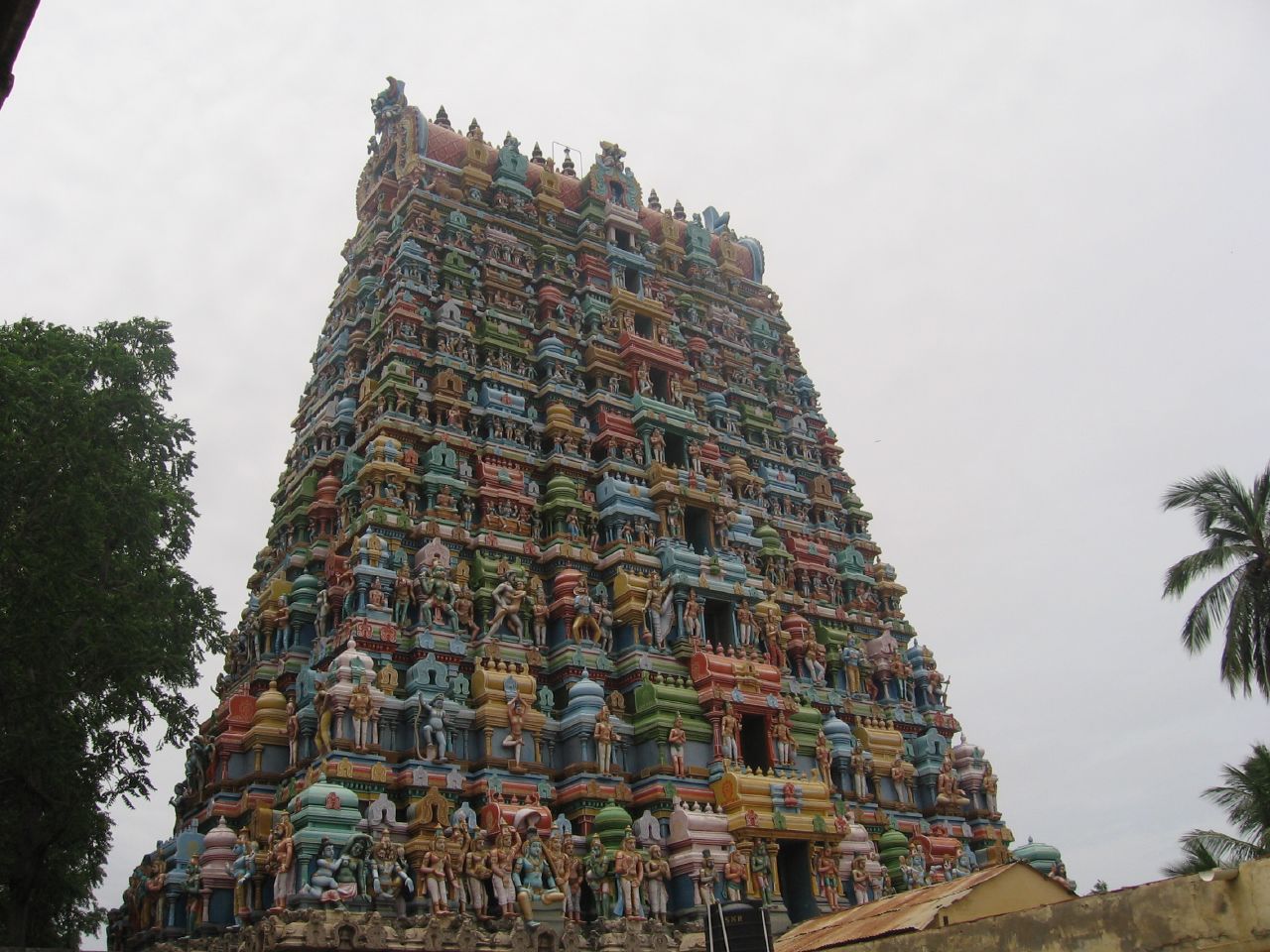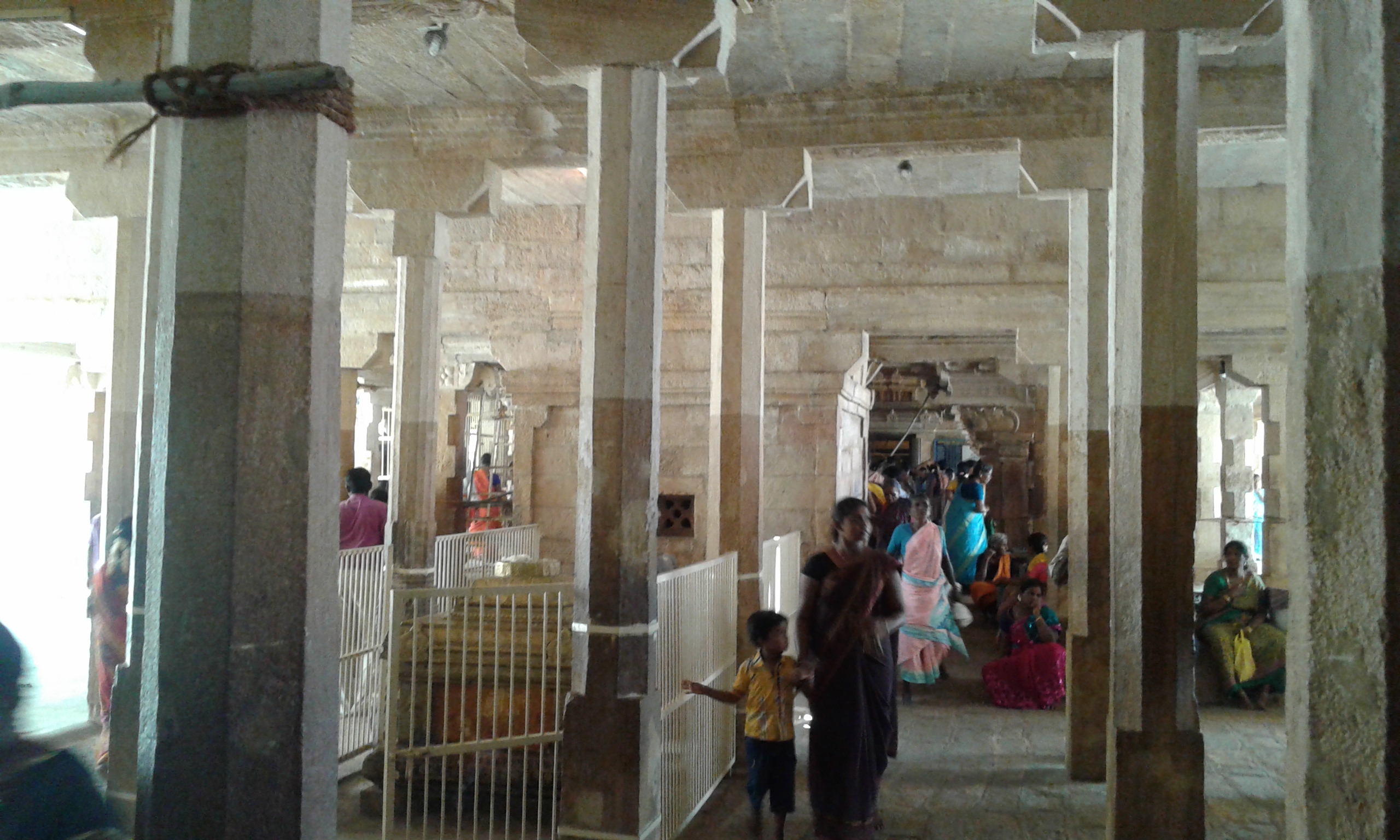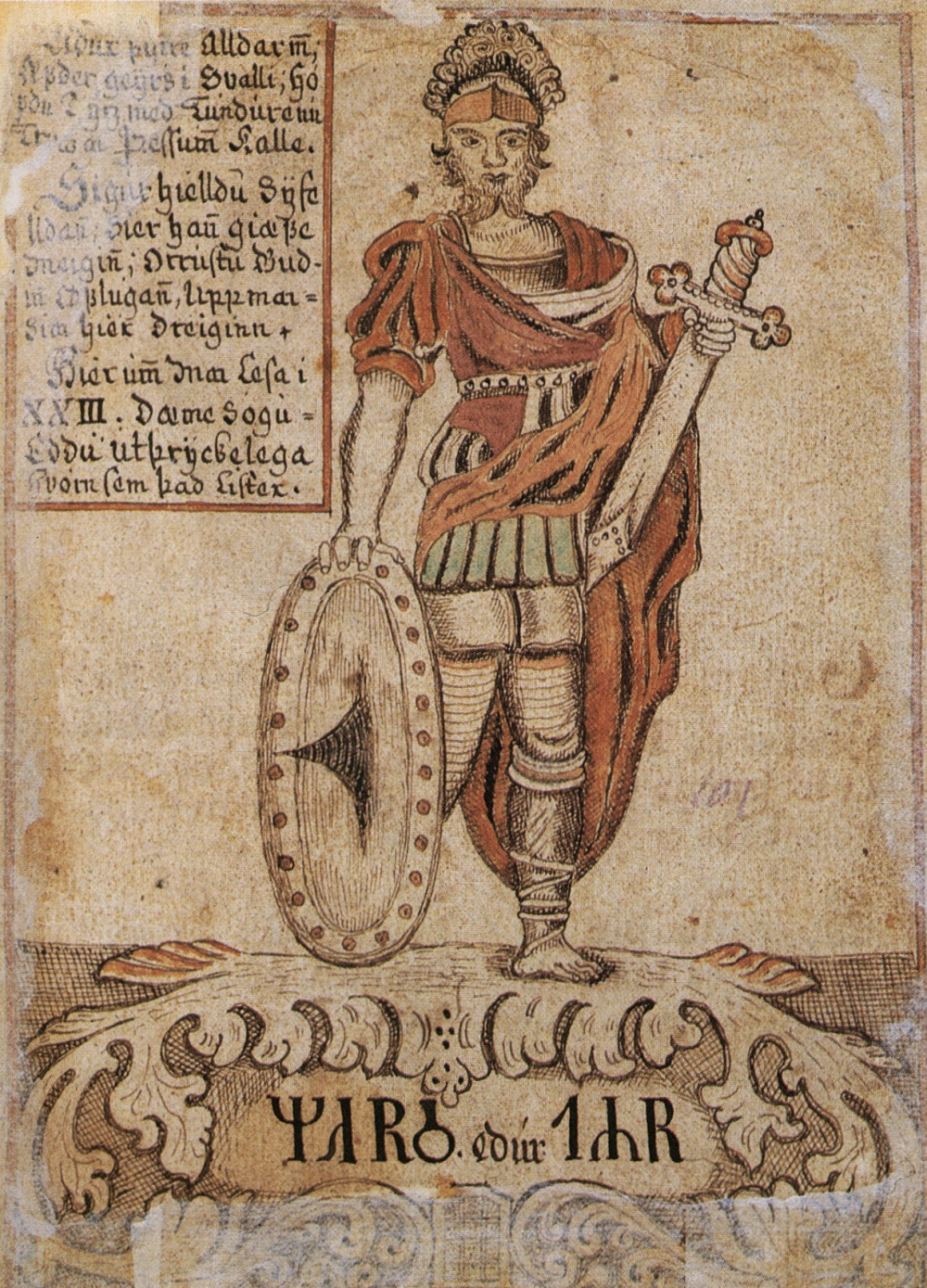|
Navatirupathi
The Nava Tirupati () refers to a group of nine Hindu temples dedicated to Vishnu, located on the Tiruchendur- Tirunelveli route, Tamil Nadu, India, on the banks of the Thamirabarani river. Each of these temples is classified as a Divya Desam, counted as one among the 108 temples of Vishnu, revered by the 12 poet-saints of the Tamil Vaishnava tradition, the Alvars. Temples The temples are revered in '' Naalayira Divya Prabandham'', the 7th–9th century CE Vaishnava canon, attributed by Nammalvar. The following is the list of the 9 temples. Festival The ''Garuda Sevai Utsavam'' (a festival where a form of Vishnu, seated upon his mount Garuda, is revered) in the month of Vaikasi (May - June) witnesses 9 ''Garuda Sevai,'' as well as two palanquins, one with Nammalvar of Alwarthirunagari, and the other with Madurakavi Alvar from Thirukalur. An event in which festival image idols from the Nava Tirupati shrines in the area are brought on ''Garuda Vahana'' (Garuda as a moun ... [...More Info...] [...Related Items...] OR: [Wikipedia] [Google] [Baidu] |
Srivaikuntanathan Permual Temple
Srivaikuntanathan Perumal Temple (also called Srivaikuntam temple and Kallapiran temple) in Srivaikuntam, a town in Thoothukudi district in the South Indian state of Tamil Nadu, is dedicated to the Hindu god Vishnu. It is located 22 km from Tirunelveli. Constructed in the Tamil style of architecture, the temple is glorified in the ''Divya Prabandha'', the early medieval Tamil canon of the Azhwar saints from the 6th–9th centuries CE. It is one of the 108 ''Divyadesam'' dedicated to Vishnu, who is worshipped as Vaikuntanathar and his consort Lakshmi as Vaikuntavalli. The temple is also classified as a Navatirupathi, the nine temples revered by Nammazhwar located in the banks of Tamiraparani river. The temple is next only to Alwarthirunagari Temple in terms of importance among the nine Navatirupathi temple. The temple is one of the Navagraha temples in Vaishnavism, associated with Surya, the Sun god. A granite wall surrounds the temple, enclosing all its shrines and two o ... [...More Info...] [...Related Items...] OR: [Wikipedia] [Google] [Baidu] |
Vaithamanidhi Perumal Temple
Vaithamanidhi Permual Temple (also called Thirukolur) is one of the nine Nava Tirupathi, the Hindu temples dedicated to Vishnu. It is located on the Tiruchendur–Tirunelveli route in Tamil Nadu, India, on the southern bank of the Thamiraparani River, 4 km from Alwarthirunagari. It is the eighth temple of Nava Tirupathi, and is named after Mars (Sevvai) and also called Kuberasthalam. Constructed in the Dravidian style of architecture, the temple is glorified in the ''Nalayira Divya Prabandham'', the early medieval Tamil canon of the Alvar saints from the 6th–9th centuries CE. It is one of the 108 ''Divya Desams'' dedicated to Vishnu, who is worshipped as Vaithamanidhi Perumal and his consort Lakshmi as Kolurvalli. A granite wall surrounds the temple, enclosing all its shrines. The ''rajagopuram'', the temple's gateway tower, is three-tiered in structure. The temple follows Tenkalai tradition of worship. Six daily rituals and three yearly festivals are held at the temp ... [...More Info...] [...Related Items...] OR: [Wikipedia] [Google] [Baidu] |
ThiruPulingudi Perumal Temple
The Thirupuliangudi Permual Temple is one of the Nava Tirupati, the nine Hindu temples dedicated to Vishnu located in Tiruchendur-Tirunelveli route, Tamil Nadu, India in the banks of Thamiraparani river, in the South Indian state of Tamil Nadu. It is dedicated to the Hindu god Vishnu who is worshipped as Bhumipalar and Lakshmi as Pulingudivalli. It is located 22 km from Tirunelveli. Constructed in the Dravidian style of architecture, the temple is glorified in the ''Nalayira Divya Prabandham'', the early medieval Tamil canon of the Alvar saints from the 6th–9th centuries CE. It is one of the 108 ''Divya Desams'' dedicated to Vishnu. The temple is also classified as a Nava Tirupati, the nine temples revered by Nammalvar located in the banks of Tamiraparani river. The temple is one of the Navagraha temples in the region, associated with Budha. A granite wall surrounds the temple, enclosing all its shrines. The ''rajagopuram'', the temple's gateway tower, is flat in str ... [...More Info...] [...Related Items...] OR: [Wikipedia] [Google] [Baidu] |
Hindu
Hindus (; ) are people who religiously adhere to Hinduism.Jeffery D. Long (2007), A Vision for Hinduism, IB Tauris, , pages 35–37 Historically, the term has also been used as a geographical, cultural, and later religious identifier for people living in the Indian subcontinent. The term ''"Hindu"'' traces back to Old Persian which derived these names from the Sanskrit name ''Sindhu'' (सिन्धु ), referring to the river Indus. The Greek cognates of the same terms are "''Indus''" (for the river) and "''India''" (for the land of the river). The term "''Hindu''" also implied a geographic, ethnic or cultural identifier for people living in the Indian subcontinent around or beyond the Sindhu (Indus) River. By the 16th century CE, the term began to refer to residents of the subcontinent who were not Turkic or Muslims. Hindoo is an archaic spelling variant, whose use today is considered derogatory. The historical development of Hindu self-identity within the local In ... [...More Info...] [...Related Items...] OR: [Wikipedia] [Google] [Baidu] |
Budha
Budha ( sa, बुध) is a Sanskrit word that connotes the planet Mercury. Budha, in Hindu legends, is also a deity. He is also known as Soumya (Sanskrit: सौम्य, lit. ''son of Moon''), Rauhineya and Tunga and is the Nakshatra lord of Ashlesha, Jyeshtha and Revati. Planet Budha as a planet appears in various Hindu astronomical texts in Sanskrit, such as the 5th century ''Aryabhatiya'' by Aryabhatta, the 6th century ''Romaka'' by Latadeva and ''Panca Siddhantika'' by Varahamihira, the 7th century ''Khandakhadyaka'' by Brahmagupta, and the 8th century ''Sisyadhivrddida'' by Lalla. These texts present Budha as one of the planets and estimate the characteristics of the respective planetary motion. Other texts such as ''Surya Siddhanta'' dated to have been complete sometime between the 5th century and 10th century present their chapters on various planets with deity mythologies. The manuscripts of these texts exist in slightly different versions, present B ... [...More Info...] [...Related Items...] OR: [Wikipedia] [Google] [Baidu] |
Tuesday
Tuesday is the day of the week between Monday and Wednesday. According to international standard ISO 8601, Monday is the first day of the week; thus, Tuesday is the second day of the week. According to some commonly used calendars, however, especially in the United States, Sunday is the first day of the week, so Tuesday is the third day of the week. In Muslim countries, Saturday is the first day of the week and thus Tuesday is the fourth day of the week. The English name is derived from Old English ''Tiwesdæg'' and Middle English ''Tewesday,'' meaning "Tīw's Day", the day of Tiw or Týr, the god of single combat, and law and justice in Norse mythology. Tiw was equated with Mars in the interpretatio germanica, and the name of the day is a translation of Latin ''dies Martis''. Etymology The name ''Tuesday'' derives from the Old English and literally means "Tiw's Day". Tiw is the Old English form of the Proto-Germanic god ''*Tîwaz'', or Týr in Old Norse. ''*Tîwaz'' deriv ... [...More Info...] [...Related Items...] OR: [Wikipedia] [Google] [Baidu] |
Mars
Mars is the fourth planet from the Sun and the second-smallest planet in the Solar System, only being larger than Mercury (planet), Mercury. In the English language, Mars is named for the Mars (mythology), Roman god of war. Mars is a terrestrial planet with a thin atmosphere (less than 1% that of Earth's), and has a crust primarily composed of elements similar to Earth's crust, as well as a core made of iron and nickel. Mars has surface features such as impact craters, valleys, dunes and polar ice caps. It has two small and irregularly shaped moons, Phobos (moon), Phobos and Deimos (moon), Deimos. Some of the most notable surface features on Mars include Olympus Mons, the largest volcano and List of tallest mountains in the Solar System, highest known mountain in the Solar System and Valles Marineris, one of the largest canyons in the Solar System. The North Polar Basin (Mars), Borealis basin in the Northern Hemisphere covers approximately 40% of the planet and may be a la ... [...More Info...] [...Related Items...] OR: [Wikipedia] [Google] [Baidu] |
Mangala
Mangala (Sanskrit: मङ्गल, IAST: ) is the personification, as well as the name for the planet Mars, in Hindu literature. Also known as Lohita (), he is the celibate deity of anger, aggression, as well as war. According to Vaishnavism, he is the son of Bhumi, the earth goddess, and Vishnu, born when the latter raised her from the depths of the primordial waters in his Varaha avatar. Nomenclature Mars (Mangala) is also called: * Raktavarna (रक्तवर्ण) - whose color is like blood. * Bhauma (भौम) - son of Bhumi. * Lohitānga (लोहिताङ्ग) - red bodied (Loha also means Iron, so could also mean Iron Bodied). * Kuja (कुज) - he who is born from Earth. * Bha (भ) - shining. Iconography He is painted red or flame colour, four-armed, carrying a trident (Sanskrit: '' trishūla''), mace (Sanskrit: ''gadā''), lotus (Sanskrit: ''Padma''), and a spear (Sanskrit: ''shūla).'' His mount (Sanskrit: ''vahana'') is a ram. He presides over T ... [...More Info...] [...Related Items...] OR: [Wikipedia] [Google] [Baidu] |
Monday
Monday is the day of the week between Sunday and Tuesday. According to the International Organization for Standardization's ISO 8601 standard, it is the first day of the week and in countries that adopt the "Sunday-first" convention, it is the second day of the week. The name of Monday is derived from Old English ''Mōnandæg'' and Middle English ''Monenday'', originally a translation of Latin ''dies lunae'' "day of the Moon". Names The names of the day of the week were coined in the Roman era, in Greek and Latin, in the case of Monday as ἡμέρᾱ Σελήνης, ''diēs Lūnae'' "day of the Moon". Many languages use terms either directly derived from these names or loan translations based on them. The English noun ''Monday'' derived sometime before 1200 from ''monedæi'', which itself developed from Old English (around 1000) ''mōnandæg'' and ''mōndæg'' (literally meaning "moon's day"), which has cognates in other Germanic languages, including Old Frisian ''mōna ... [...More Info...] [...Related Items...] OR: [Wikipedia] [Google] [Baidu] |




.jpg)



